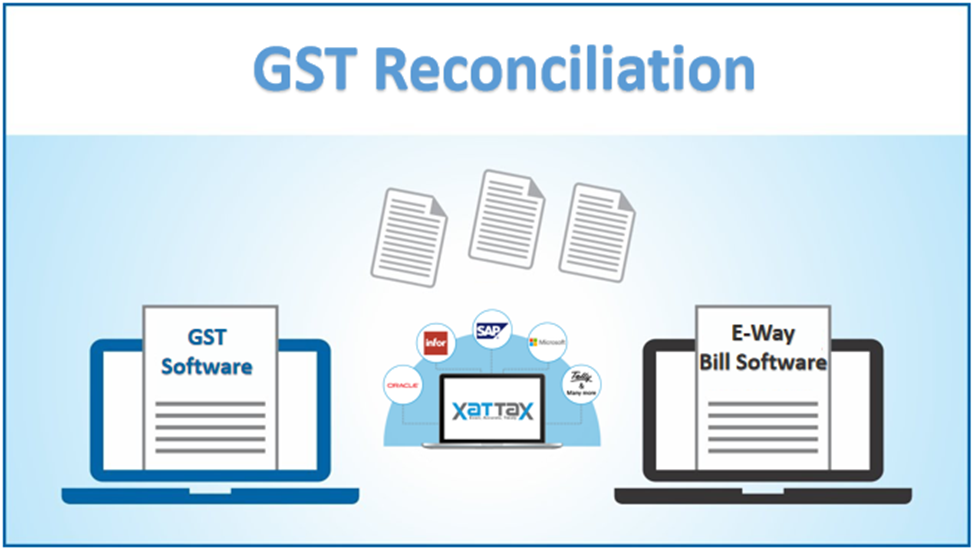Benefits of GST: What Are the Advantages & Disadvantages in India

The Goods and Services Tax (GST) is a value-added tax levied on most goods and services sold for domestic consumption. The consumer pays the GST at the time of purchase. The GST replaces other indirect taxes, such as the value-added tax (VAT), service tax, luxury tax, octroi, and entry tax. The GST was introduced in India on 1 July 2017. It is a comprehensive indirect tax on manufacturing, selling, and consuming goods and services throughout India to make India a unified market. The GST levies all supplies of goods and services except those specifically exempted. Benefits of GST When it comes to the benefits of GST, there are quite a few. For starters, GST is expected to make India a unified market. This means that businesses will no longer have to pay multiple taxes on the same product or service. GST is also expected to reduce the overall tax burden on businesses, making it easier for them to do business in India. Additionally, GST is expected to lead to increased compliance with





